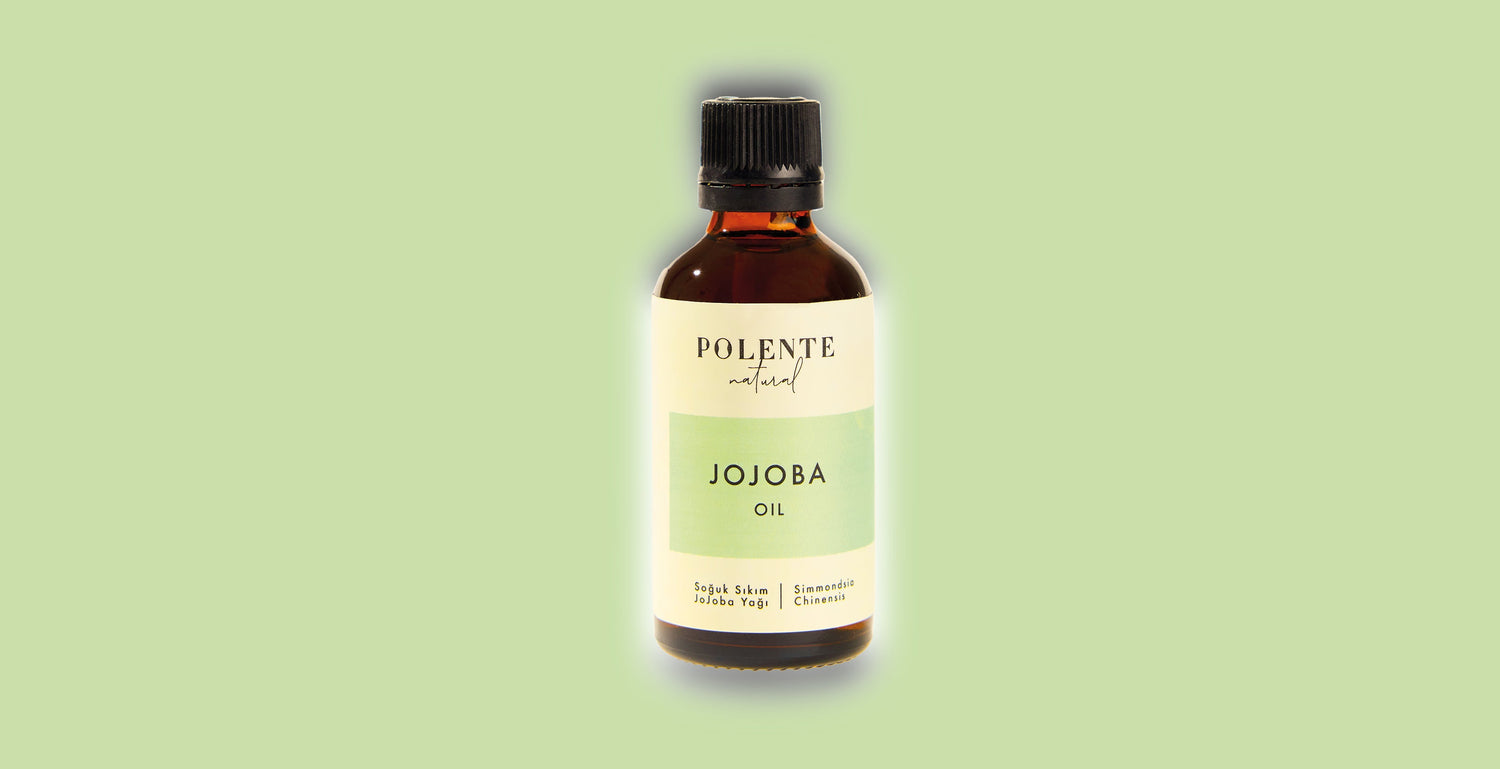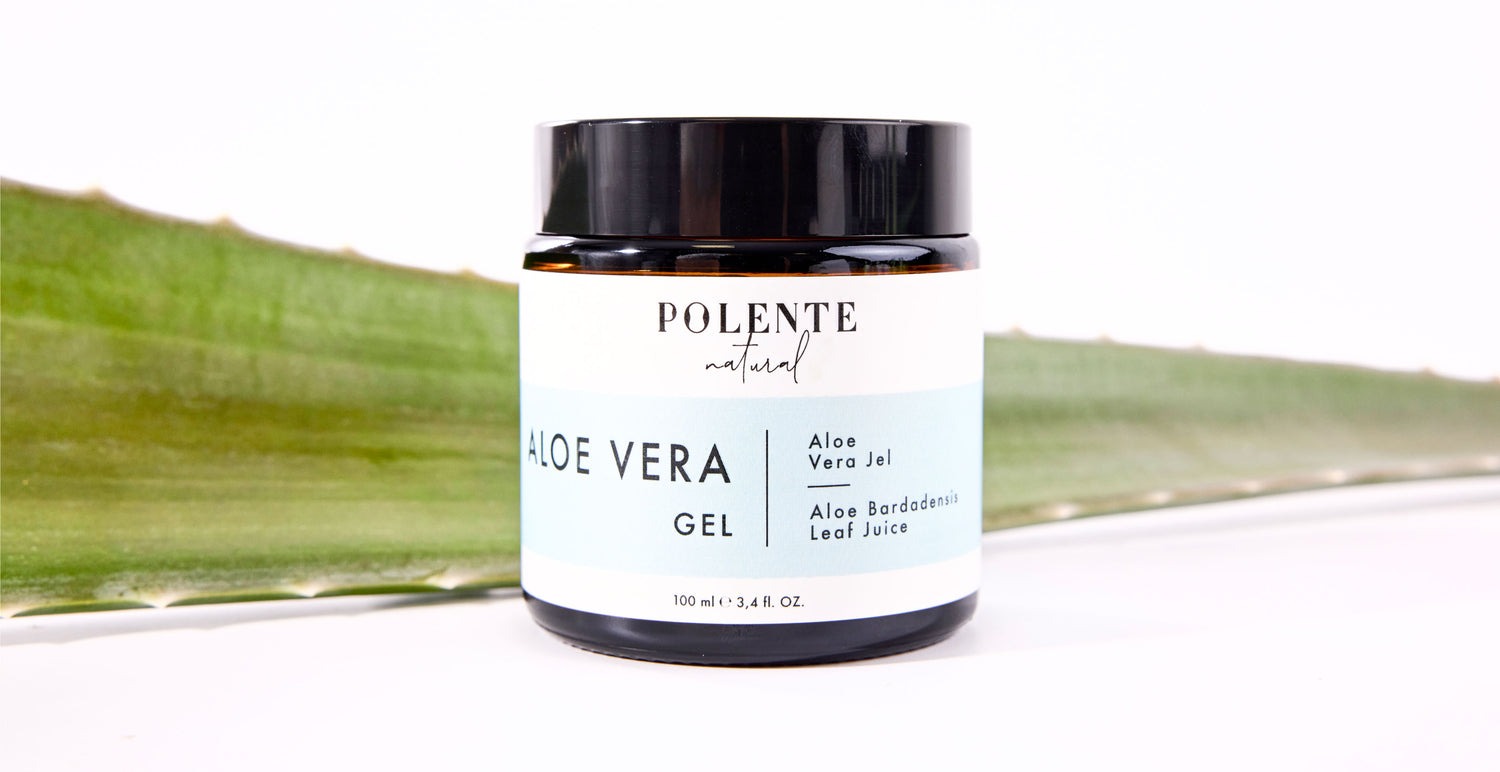Skin type learning is the first rule of good skin care. The sensitivity and care needs of each skin type are different from each other. Many issues such as making the right care practices, choosing the appropriate cosmetic products to buy, taking the necessary precautions to prevent some skin problems are determined by learning the skin type. The skin requires sensitivity and care. Abrasive applications and wrong product use damage the skin. Dry, combination, oily and sensitive skin needs care differs according to its own characteristics. Therefore, if you are wondering what skin type I have, let's find out!
Why is it necessary to know the skin type?
Every skin has different needs. In order to respond to these needs correctly, it is necessary to act by knowing the skin type.
- Moisture requirement: The first of the differences is the need for moisture. For example, dry skin needs a care routine with intense hydration, while combination skin needs products that give less moisture to the T-zone and more to the cheeks.
- Care product selection: Most of the skin care products have information on which skin type they are suitable for. It is important to make choices according to skin type when choosing a care product to get the right results. For example; Dry skin should prefer oil-based products that provide intense moisture and reduce the feeling of tightness, while oily skin should prefer mattifying products that reduce the appearance of shine.
- Solution of skin problems: Redness, itching, flaking, acne, blackheads, etc. For the solution of skin problems, solutions for skin type should be applied. Otherwise, unconscious practices can cause problems to grow and make their solution more difficult.
3-step skin type learning test!
If you are wondering whether your skin is dry, combination, oily or normal, you can find out in a short time with the following three-step "Which Skin Type I Have Test".
Step 1: Wash
As the first step towards learning your skin type, remove the make-up from your skin and remove the dirt and oil accumulated throughout the day. For cleansing, wash your face with a cleansing product and rinse with warm water. Dry your skin with the help of a clean towel paper.
Step 2: Wait
After cleaning and drying, proceed to the standby phase. Rest your skin for about 1 hour without applying any care products.
Step 3: Napkin Test
Get a dry paper napkin. Gently press the napkin on the cheek area, forehead and sides of the nose with buffer movements. You can see the result by holding the napkin to the light.
- Normal skin type, if the change in the napkin is in the form of a slight moistening when you press it gently on your entire face,
- Dry skin type, if the napkin looks dry, almost not moistened and your skin feels tight,
- Combination skin type if the napkin is dry when you do a napkin test on the cheek area, and if it has an oily appearance around the nose and forehead,
- If the napkin has a very oily and moist appearance when applied to the entire face area, this is an indication of oily skin type.
The skin type may change over time by being affected by factors such as seasonal changes, aggressive skin care practices, hormones, stress and environmental conditions. When you feel a change in your skin, you can make changes in your care routine by seeing the result with a three-step napkin test.
Normal Skin;
- It is bright and lively.
- In advancing age, more wrinkles than normal are not encountered.
- Skin problems are not seen.
- The elasticity of the skin is good and it has a tight appearance.
- The porous appearance is not so much.
The bright and taut skin type that is dreamed to be achieved with all skin cares is normal skin. It is easy to maintain a healthy and vigorous appearance with regular maintenance. However, in order to maintain elasticity, it is important to meet the need for moisture and to clean the skin regularly by removing dead skin.
Dry skin;
- It is prone to irritation.
- When the need for moisture is not met, early signs of aging can be seen.
- It has a matte and dull appearance.
- There is a problem of flaking due to dryness.
- Periodically, redness may occur due to cracking of capillaries on the skin.
The most important issue for dry skin is maintaining the moisture balance. All the problems observed in this skin type are the dryness that occurs due to the inability to secrete enough sebum. Factors such as adverse weather conditions, skin-drying care products, hormonal changes and stress negatively affect the functioning of the sebaceous glands and increase dryness. For this reason, products with intense moisture source should be preferred.
Combination Skin;
- The T-zone (forehead, nose and chin) is oily.
- Cheeks are prone to dryness.
- There is often a blackhead problem in the T zone.
- It is prone to turn into dry or oily skin due to some factors.
- The middle part of the face has an extra bright appearance.
Combination skin needs extensive care due to the intense oil level in the T-zone and dryness on the cheeks. With the care to be applied to mixed skin, the oil problem in the forehead, nose and chin area should be balanced, and the moisture deficiency in the cheek area should be eliminated.
Oily skin;
- Since sebum production is more than normal, the skin looks oily.
- It is prone to blackheads and acne formation.
- The pore appearance is evident.
- There is a glare problem.
- Skin defects are obvious.
Oily skin needs constant control. Oil balance can be kept under control with regular cleaning and moisturizing on a daily basis. However, this skin type is often prone to skin problems such as acne, blackheads and comedones. For this reason, it needs a special maintenance routine.
You can get healthier results from your care by learning which skin type you have with the Which skin type test.






